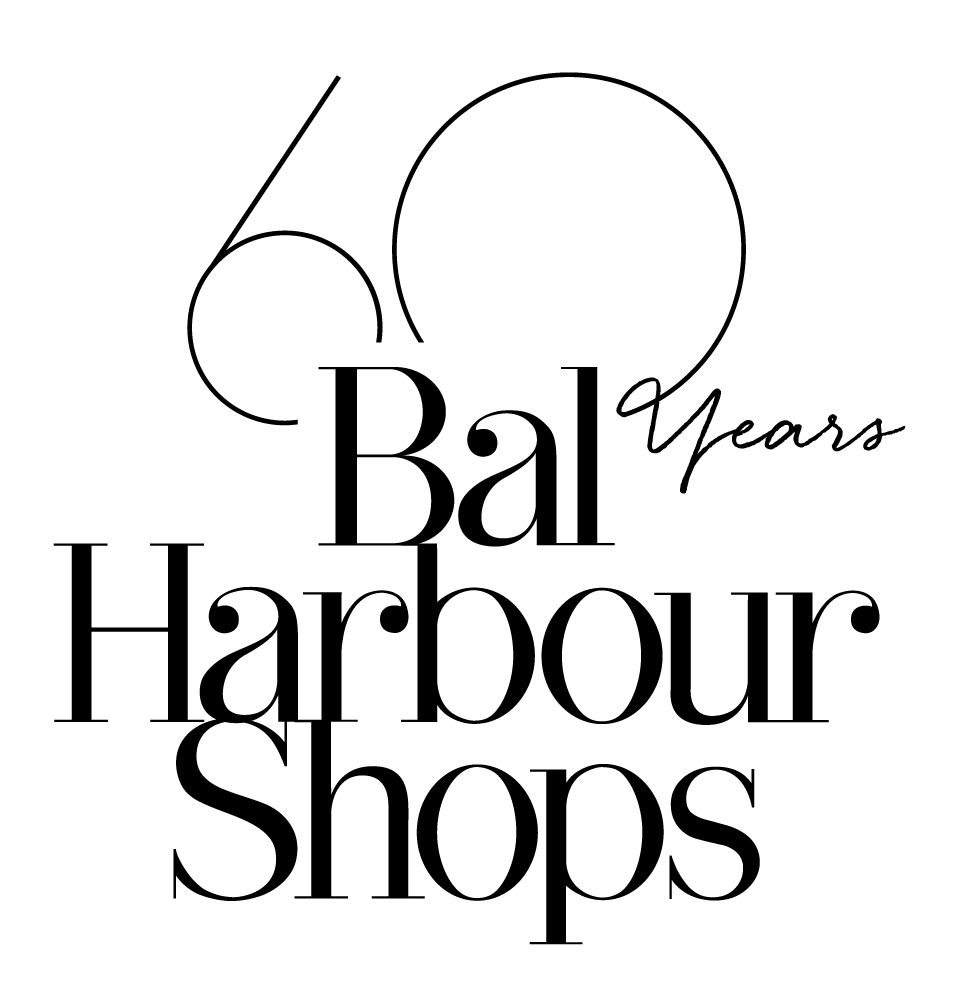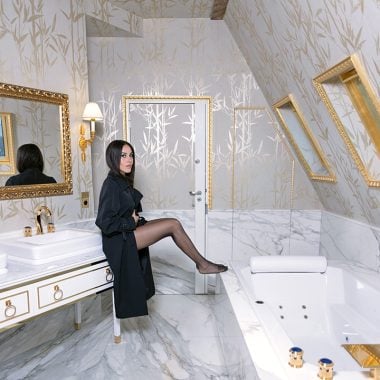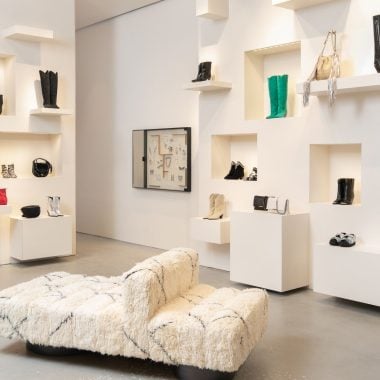By Kristen Bateman
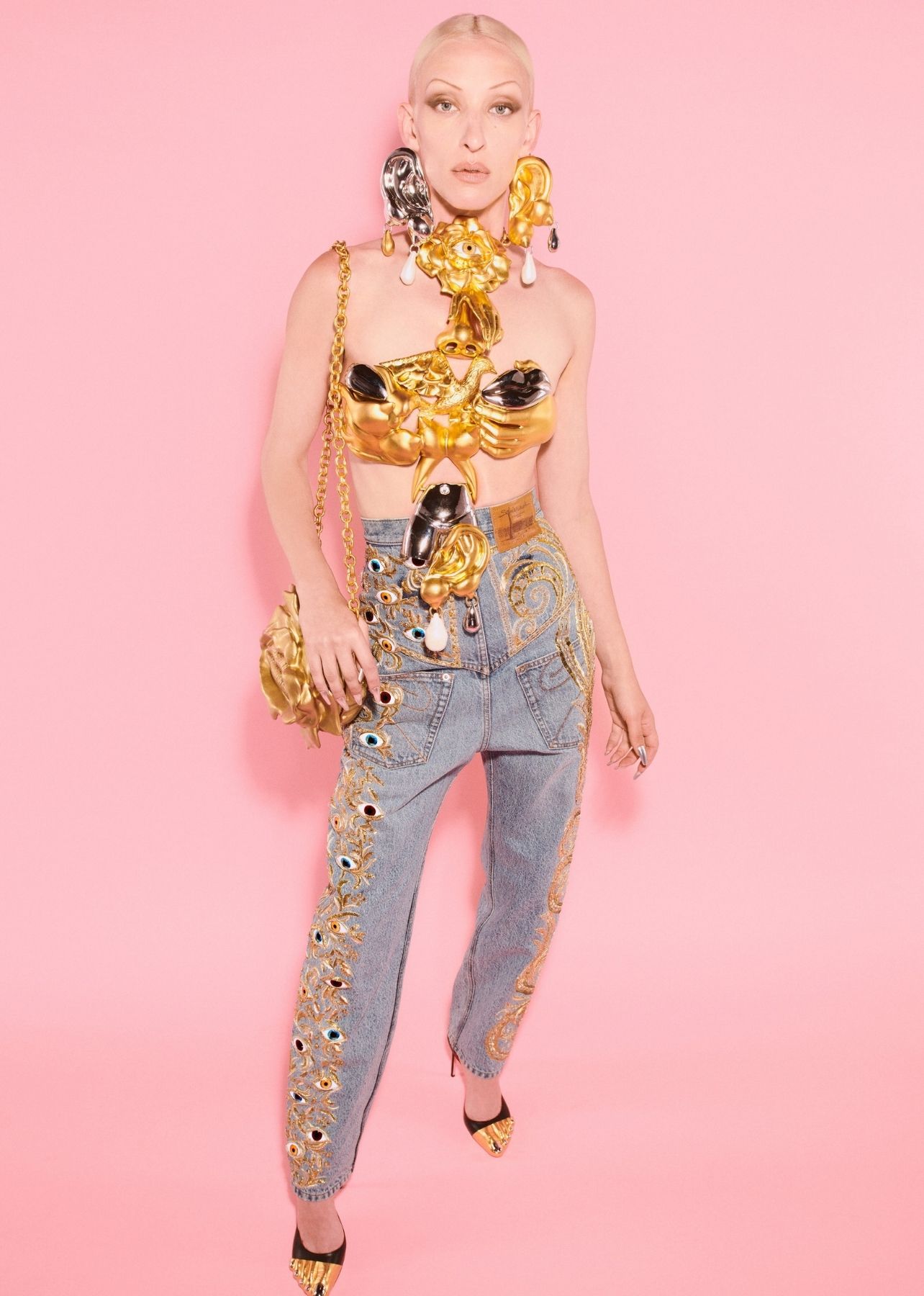
For Schiaparelli’s couture show, creative director Daniel Roseberry scoured the Paris markets for vintage Levi’s, which he reconstructed to create Baroque-meets-Americana looks. Photo by Daniel Roseberry, courtesy of Schiaparelli.
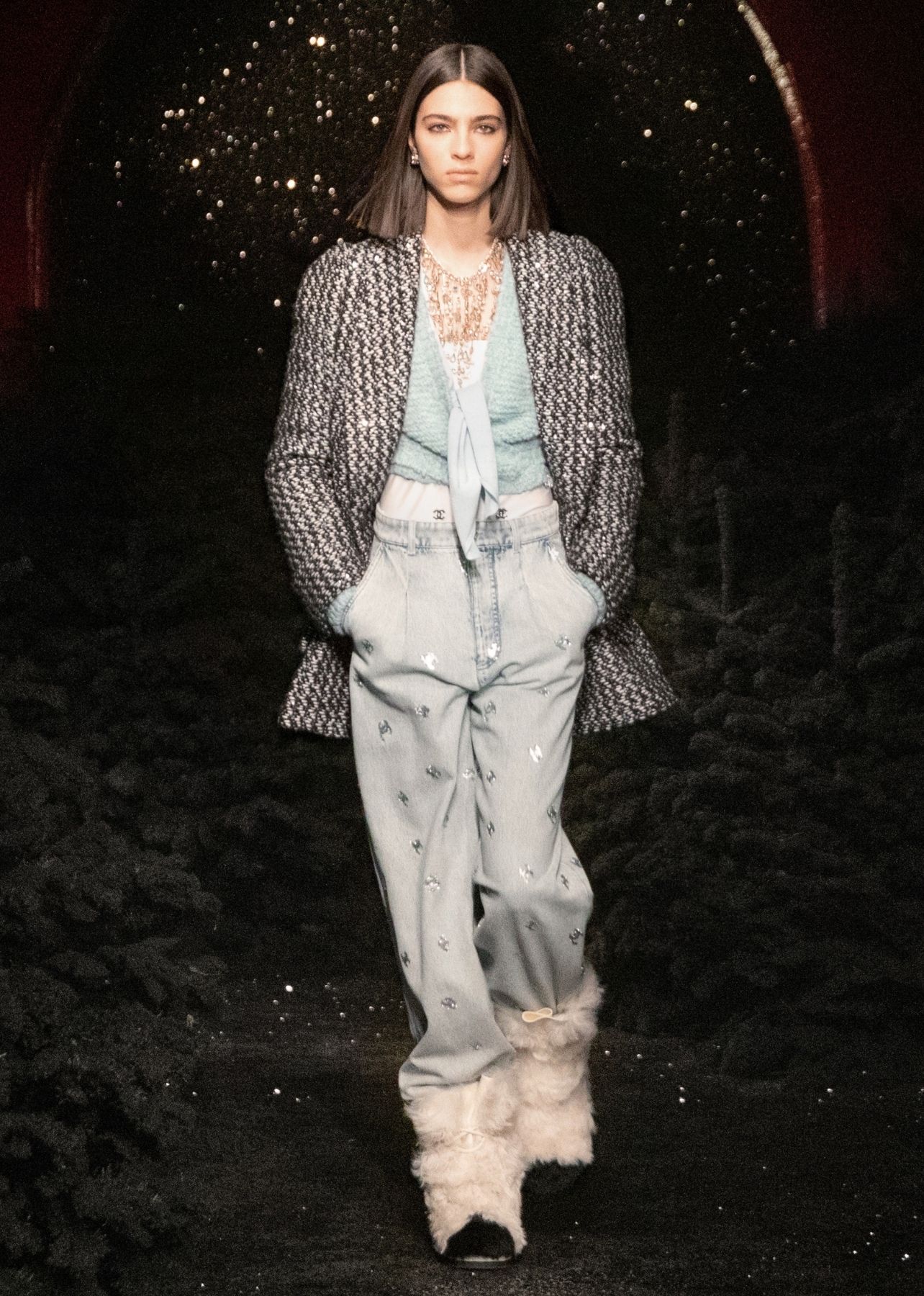
A denim look from Chanel’s Fall 21 collection.
American fashion has a long history that has shaped its current expression. If Italians are known for eclectic taste, Parisians for simplistic chic, one could argue that American fashion has been uniquely shaped by a diverse collection of voices that represent far more than one singular aesthetic or viewpoint.
“American style is no longer one thing,” echoes Valerie Steele, fashion historian and director of the Museum at the Fashion Institute of Technology. “We used to always think about American fashion as being like sportswear and separates, for example. It was much more casual than formal French fashion—but then and certainly now, it’s much more than just that. You have street style, avant-garde fashion—you have designer ready-to-wear that is on par with its European counterparts.”
Designers such as Christopher John Rogers, Pyer Moss and Telfar Clemens, for example, have come to define a new generation of American fashion that speaks volumes about inclusion and forward-thinkingness. “I think that for all the structural racism that still exists in the United States, there’s much more diversity in American fashion than there tends to be in European fashion,” adds Steele.
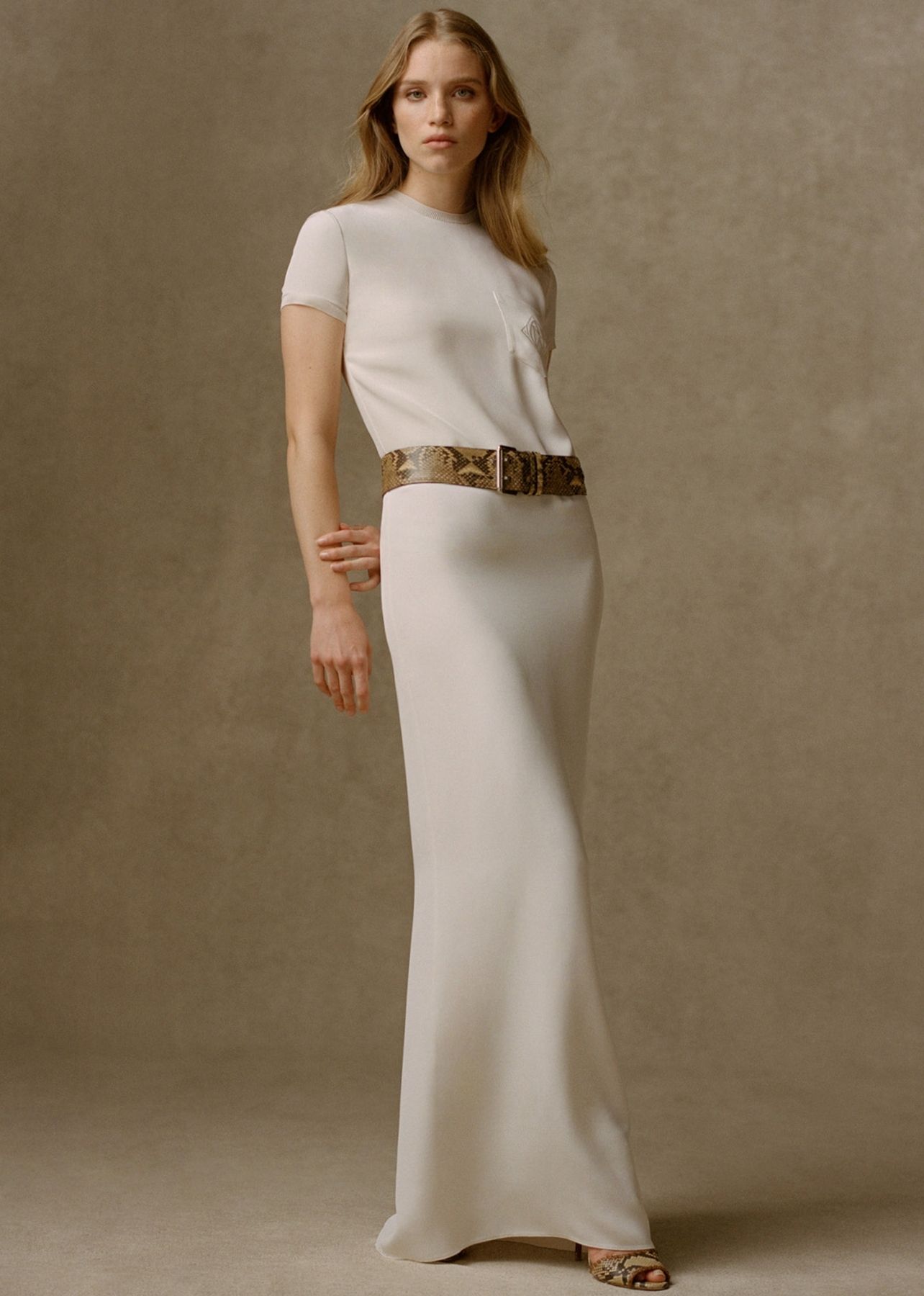
A Pre-Fall look from Ralph Lauren, who is considered one of this country’s heritage designers.
Though heritage designers such as Ralph Lauren, Donna Karan, Michael Kors, Marc Jacobs and more have set the aesthetic for American style, the definition of American fashion as we know it today was formed in the 1970s. “The seventies was when you really started to see the industry becoming more diverse—you see lots of Black and Latino designers, and more recently, more Asian-American designers,” explains Steele.
Still, one thing that rings true about American fashion is the importance of certain legacy materials and motifs. Denim, for example, has penetrated the highest echelons of fashion. For Fall 2021, the material was reinterpreted by Chanel, and French heritage brand Schiaparelli’s creative director Daniel Roseberry, who also happens to be American, toyed with Levi’s, gold embroidery and larger-than-life jewelry sewn onto fabric for his couture collection.
The humble t-shirt, too, has become a staple of the biggest fashion brands, like Gucci and Saint Laurent, which showed light wash jeans alongside little leather shorts and fur-cuffed sweaters. Balenciaga, too, has perhaps made American informality one of its biggest references, with a constant slew of jeans, sweatshirts and t-shirts. If there’s one thing that Americans did invent, it’s casual dressing.
With the Metropolitan Museum of Art opening its two-part exhibition on American fashion this fall and the biggest New York Fashion Week in years, it seems like the sartorial scale is tipping toward this side of the Atlantic—even if we need our European counterparts to tell us so.
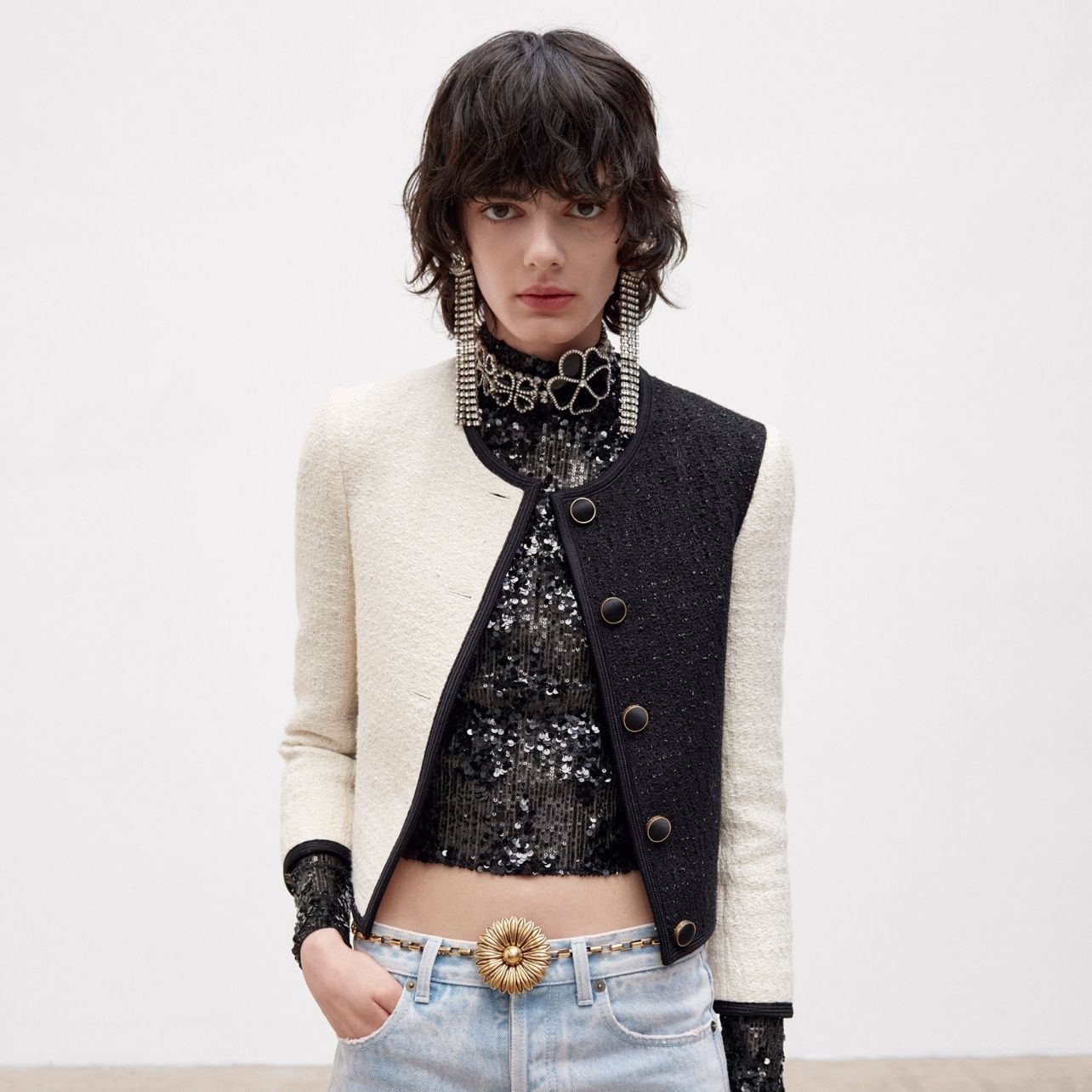
A look from Saint Laurent Fall 21.
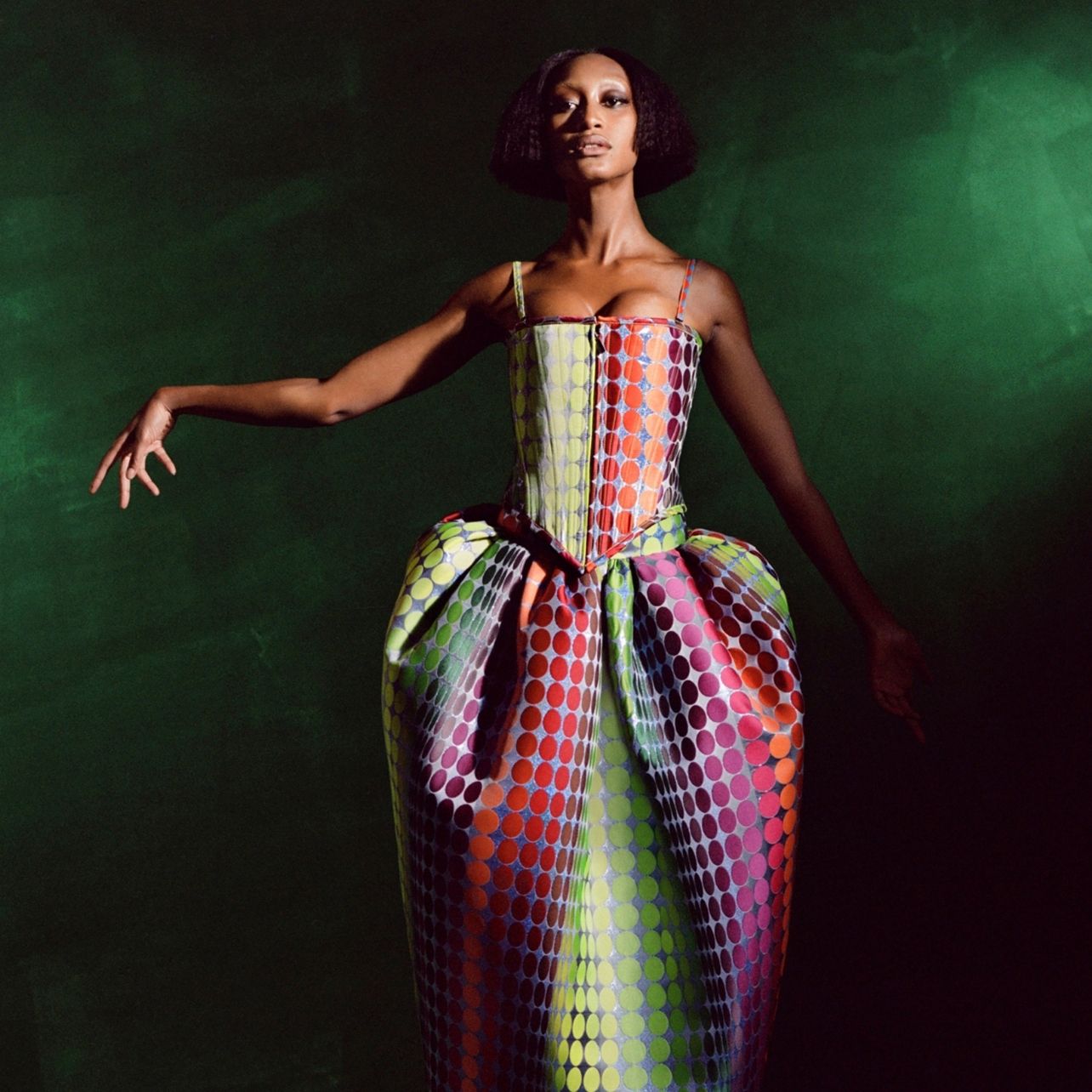
A look from Christopher John Rogers Resort 22.
